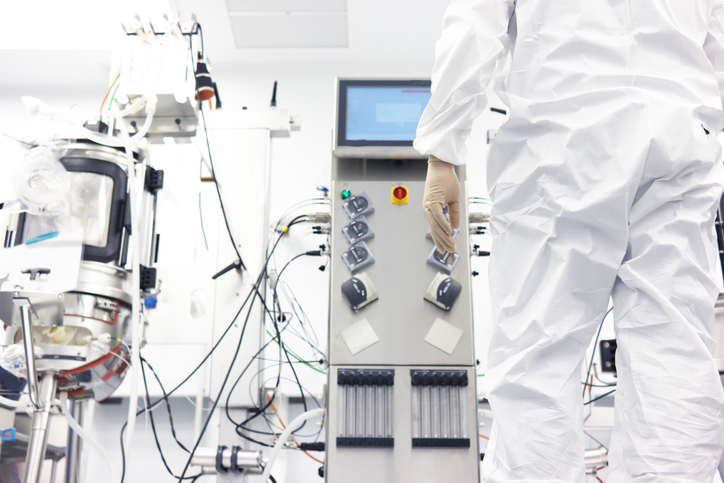Machine learning (ML) could allow drug firms to create predictive process models that optimize development, production, and quality control. But, before embracing ML on the factory floor, manufacturers will need data to “train” the computer algorithms that drive the approach. And this means having process sensors sophisticated enough to track multiple parameters in real-time in highly complex cell cultures according to an industry expert.
Machine learning is a specialized form of artificial intelligence in which computer programs learn to solve tasks or understand the dynamics of complex systems with minimal or no direction. The process is iterative, and the solutions improve over time as more data is introduced.
This need for training data is driving innovation in process sensors, says Govind Rao, PhD, who is director of the Center for Advanced Sensor Technology at the University of Maryland, Baltimore County.
“At the end of the day, AI/ML tools will allow for process monitoring to be simplified once data are generated at scale to relate process conditions to critical quality attributes. The need to run QC tests on quarantined bulk drug substance will be greatly reduced,” he explains. “However, to get there will require high-density process monitoring to allow ML/AI algorithms to relate process conditions to off-line measurements such as glycosylation, aggregation, etc.”
Noninvasive
As well as facilitating high-density monitoring, ML-ready bioprocess sensors need to be noninvasive, continues Rao, as contamination prevention is vital for biopharmaceutical processes.
“Ideally, sensors monitoring sterile bioprocesses should be noninvasive and should not require sampling hardware that poses a contamination risk to the process, he points out. “Noninvasive sensors are ideal because the sensor is outside the bioreactor and does not require a sampling port.”
With this in mind, Rao and colleagues have developed a noninvasive sensor for monitoring CO2 in cell culture. In their study, Rao and team replaced part of a T flask with a permeable silicone CO2 membrane. Dissolved CO2 concentration was determined by measuring the diffusion rate of the gas through the membrane.
In general, biopharmaceutical firms interested in machine learning need sophisticated sensors and as much process data as possible. The good news is that even when the availability of real-time process data is limited—such as for novel processes—machine learning can still be applied, according to Rao, who adds “Initially, during machine learning model development, lots of product CQA [critical quality attributes] need to be presented to the model. However, mechanistic models can also augment sensor data.”
To underline the point, Rao and colleagues developed a machine learning-based protein purity, potency, and quality assessment method that can generate effective models using only limited amounts of data.
“In the patented method we show how one can use just the pressure and UV profiles to assess product quality,” he says, adding “That is the power of AI/ML.”


